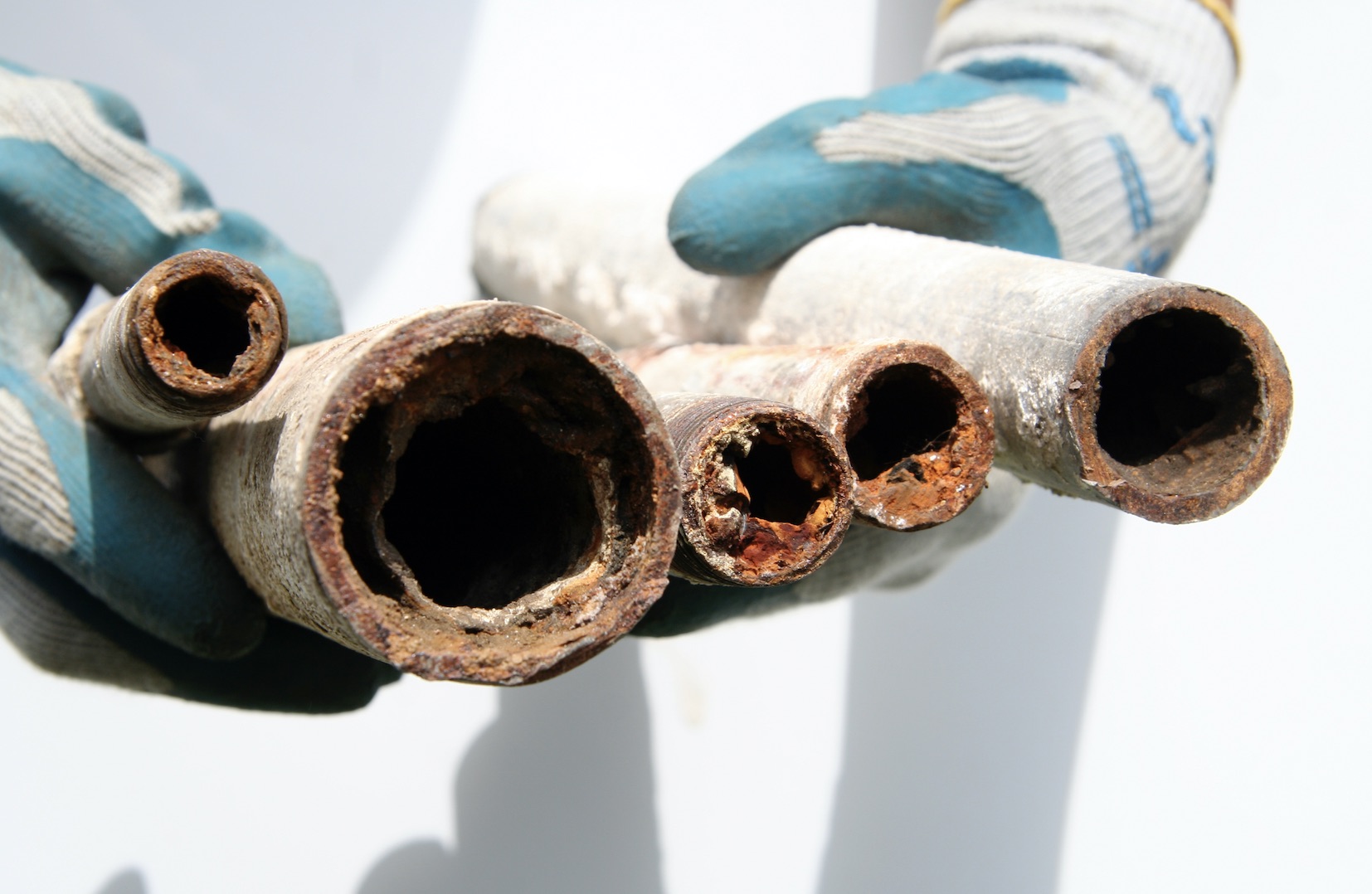

Articles
Why Does My Plumbing Keep Backing Up
Modified: August 28, 2024
Discover helpful articles on why your plumbing keeps backing up and find solutions to prevent future issues. Learn from expert advice and ensure a smoothly functioning plumbing system.
(Many of the links in this article redirect to a specific reviewed product. Your purchase of these products through affiliate links helps to generate commission for Storables.com, at no extra cost. Learn more)
Introduction
Dealing with a plumbing backup can be a frustrating and messy experience. Whether it’s a backed-up toilet, a slow-draining sink, or water coming back up through the floor drain, plumbing backups can disrupt the functionality of your home and cause significant inconvenience.
Understanding the common causes of plumbing backups can help you prevent these issues from occurring or know when it’s time to call a professional plumber for assistance. In this article, we will explore some of the most frequent culprits behind plumbing backups and provide insights on how to resolve and prevent them.
From blocked drains to tree root intrusions, various factors can contribute to plumbing backups. Some of these issues can be easily fixed with simple do-it-yourself solutions, while others may require the expertise of a licensed plumber.
By identifying the signs of a backed-up plumbing system and knowing when to seek professional help, you can minimize the inconvenience and potential damage caused by plumbing backups. Additionally, implementing preventative measures can help you avoid future backups and maintain a healthy and functional plumbing system.
So, let’s dive into the common causes of plumbing backups and how to address them, ensuring that your plumbing system stays in optimal condition.
Key Takeaways:
- Don’t let plumbing backups disrupt your home. Learn to recognize signs, implement preventative measures, and know when to call a professional plumber for effective resolution.
- Regular maintenance, mindful waste disposal, and proper ventilation are key to preventing plumbing backups. Stay proactive and educate household members to maintain a healthy plumbing system.
Read more: Why Is Water Backing Up Into My Bathtub
Common Causes of Plumbing Backups
Plumbing backups can be caused by a variety of factors. Understanding these common causes can help you determine the best course of action for resolving and preventing plumbing issues. Here are some of the most frequent culprits behind plumbing backups:
- Blocked or Clogged Drains: One of the primary causes of plumbing backups is blocked or clogged drains. This can occur due to the accumulation of debris, such as hair, soap scum, food particles, or grease, which obstructs the flow of water down the drain.
- Tree Root Intrusions: Another common cause of plumbing backups is tree root intrusions. Tree roots naturally seek out sources of water, and they can infiltrate your underground sewer lines, causing obstructions and even pipe damage.
- Broken or Collapsed Sewer Lines: Over time, sewer lines can deteriorate, leading to breaks, cracks, or collapses. This can result in blockages within the pipe, limiting or preventing the proper flow of wastewater and causing backups.
- Grease and Fat Buildup: Pouring grease, fats, and oils down the drain can cause significant problems in your plumbing system. These substances can solidify and accumulate within the pipes, creating an obstruction that can lead to backups.
- Improper Venting: Vent pipes are an essential part of your plumbing system, allowing air to enter and exit the drainage system. If vent pipes are obstructed or damaged, it can lead to negative pressure and slow draining, resulting in backups.
- Plumbing System Design Flaws: In some cases, plumbing system design flaws can contribute to backups. Poorly installed or incorrectly sized pipes, inadequate slope, or improper placement of fixtures can cause water to drain slowly or not at all, leading to backups.
These are just a few of the common causes of plumbing backups. It’s important to remember that multiple factors can contribute to a backup, and identifying the specific cause is crucial for effective resolution.
In the next sections, we will explore each cause in more detail, discuss the signs of a backed-up plumbing system, provide DIY solutions for minor backups, and outline when it’s necessary to call a professional plumber. By gaining a deeper understanding of these issues, you’ll be better equipped to address and prevent plumbing backups in your home.
Blocked or Clogged Drains
One of the most common causes of plumbing backups is blocked or clogged drains. Over time, various substances can accumulate within the pipes, impeding the flow of water and leading to backups. Understanding the causes and signs of blocked or clogged drains can help you address these issues promptly.
Some of the main culprits behind blocked drains include:
- Hair: Hair is a common offender when it comes to clogged drains, especially in bathroom sinks, showers, and tubs. As hair accumulates in the drain, it can combine with soap scum and other debris, creating a tight blockage that prevents proper water flow.
- Soap Scum: Soap scum, which is formed by the residue left behind when soap mixes with hard water, can build up in drains over time. This sticky substance can trap hair, dirt, and other particles, contributing to drain blockages.
- Food Waste: In the kitchen, food waste such as grease, fat, and bits of food can find their way into the sink drain. Over time, these substances can solidify and create blockages, impeding the drainage process.
- Foreign Objects: Accidentally dropping foreign objects down the drain can lead to clogs. Items such as jewelry, toys, cotton balls, dental floss, and sanitary products can obstruct the plumbing system, causing backups.
When drains become clogged, you may experience some of the following signs:
- Slow Drainage: Water draining slowly or not at all is a clear indication of a blocked drain. You may notice that water takes longer than usual to empty from sinks, showers, or bathtubs.
- Unpleasant Odors: When organic matter is trapped in the pipes, it can start to decompose and produce foul odors. If you notice unpleasant smells coming from drains, it’s likely that there is a blockage contributing to the issue.
- Gurgling Sounds: If you hear gurgling sounds coming from the drains when water is running or being emptied, it could indicate a blocked drain. This occurs when air becomes trapped within the plumbing system due to the obstruction.
If you suspect a blocked or clogged drain, there are several DIY solutions you can try:
- Use a Plunger: A plunger can help dislodge minor clogs by creating suction and pressure to clear blockages. Make sure to use a plunger specifically designed for sinks or toilets, depending on where the clog is located.
- Use a Drain Snake: A drain snake, or plumbing auger, is a tool that can be inserted into the drain to remove clogs. By twisting and maneuvering the snake, you can break up and retrieve the blockage from the pipe.
- Try a Homemade Drain Cleaner: For minor clogs caused by organic matter, you can create a DIY drain cleaner by combining baking soda and vinegar. Pour the mixture down the drain, let it fizz for a few minutes, and then flush it with hot water. This can help break up and clear the blockage.
However, if the clog persists or if you are unsure of how to safely resolve the issue, it’s best to call a professional plumber. They have the experience and tools necessary to diagnose and effectively clear stubborn drain blockages, ensuring the proper functioning of your plumbing system.
Preventing drain clogs is key to avoiding plumbing backups. To keep your drains flowing freely, consider implementing the following preventative measures:
- Use Drain Covers: Placing drain covers over your sinks and showers can catch hair, food particles, and other debris before they enter the drain, reducing the risk of clogs.
- Avoid Pouring Grease Down the Drain: Grease, fat, and cooking oils should never be poured down the drain. Instead, allow them to cool and solidify, and then dispose of them in the trash.
- Flush Drains with Hot Water: Regularly flushing your drains with hot water can help prevent the buildup of soap scum and other substances, keeping the pipes clear.
- Be Mindful of What Goes Down the Drain: Avoid flushing items like dental floss, cotton balls, and non-flushable hygiene products down the toilet, and use sink strainers to catch food scraps in the kitchen sink.
By taking proactive measures to prevent drain clogs and addressing them promptly when they occur, you can significantly reduce the chances of plumbing backups and keep your plumbing system running smoothly.
Tree Root Intrusions
Tree root intrusions can be a significant cause of plumbing backups and can lead to serious damage if left untreated. As trees grow, their roots extend in search of water, often infiltrating sewer lines and causing obstructions. Understanding the signs of tree root intrusions and how to address them can help you prevent extensive damage to your plumbing system.
Here are some key points to consider when dealing with tree root intrusions:
- Signs of Tree Root Intrusions: The first step in identifying tree root intrusions is recognizing the signs. Some common indicators include slow drains, frequent clogs, gurgling sounds coming from drains, foul odors, and even sewage backups. If you notice any of these signs, particularly if they consistently occur, it’s essential to investigate the possibility of tree root intrusions.
- Understanding the Risk Factors: Certain factors increase the risk of tree root intrusions. Properties with older, established trees are more susceptible, as the root systems have had more time to grow and potentially reach underground sewer lines. Additionally, certain types of trees, such as willows, poplars, and some types of maples, have more aggressive root systems that are more likely to cause issues.
- Seeking Professional Help: If you suspect tree root intrusions in your plumbing system, it’s important to enlist the help of a professional plumber. They have specialized tools, such as sewer cameras, that can be inserted into the pipes to inspect and locate the problem areas. A professional plumber can also provide expert advice on the best course of action for resolving tree root intrusions.
- Treating Tree Root Intrusions: Once the presence of tree roots is confirmed, there are different methods for treating the issue. One common approach is hydro-jetting, which uses high-pressure water to clear the sewer line of tree roots. Another method is using a root-killing chemical that can destroy the roots obstructing the pipes. In severe cases, where the damage is extensive, it may be necessary to replace sections of the sewer line.
- Preventing Tree Root Intrusions: While it is challenging to prevent tree root intrusions entirely, there are steps you can take to minimize the risk. Firstly, consider planting trees away from sewer lines or opting for species with less aggressive root systems. Regular tree maintenance, such as pruning and root barrier installation, can also help reduce the likelihood of root infiltration.
Dealing with tree root intrusions requires professional expertise, as it involves working with the delicate and complex underground plumbing system. A licensed plumber will have the knowledge, tools, and experience necessary to assess the extent of the problem, determine the best course of action, and implement effective solutions.
By being vigilant for the signs of tree root intrusions, taking preventive measures, and seeking prompt professional assistance, you can mitigate the risk of plumbing backups caused by tree root intrusions, ensuring the longevity and functionality of your plumbing system.
Broken or Collapsed Sewer Lines
Broken or collapsed sewer lines can result in significant plumbing backups and require immediate attention to prevent further damage. Damage to sewer lines can occur due to various factors, including age, shifting soil, and external forces. Understanding the signs of broken or collapsed sewer lines and the necessary steps to address the issue is crucial for maintaining a properly functioning plumbing system.
Here are some important points to consider when dealing with broken or collapsed sewer lines:
- Signs of Broken or Collapsed Sewer Lines: One of the main indicators of a broken or collapsed sewer line is recurrent plumbing backups. If you notice frequent backups in multiple fixtures, slow draining, foul odors, or standing water in your yard, it could be a sign of a damaged sewer line. Additionally, if you observe signs of water or sewage leakage, such as damp spots on walls or foul-smelling puddles, it’s essential to investigate the possibility of a broken or collapsed sewer line.
- Causes of Sewer Line Damage: Several factors can contribute to sewer line damage. Over time, sewer lines can deteriorate due to age and exposure to harsh elements. Shifting soil, tree root intrusions, and external forces, such as nearby construction or heavy machinery, can also cause damage to sewer lines, leading to breaks or collapses.
- Seeking Professional Assistance: Repairing or replacing a broken or collapsed sewer line requires the expertise of a professional plumber with experience in sewer line repairs. They will be able to assess the extent of the damage, determine the best course of action, and execute the necessary repairs. It’s crucial to address the issue promptly to prevent further damage to your plumbing system and potential health hazards.
- Repairing or Replacing Sewer Lines: The specific method for repairing or replacing sewer lines will depend on the extent of the damage. In some cases, trenchless repair methods, such as cured-in-place pipe (CIPP) lining or pipe bursting, can be utilized to minimize disruption and cost. However, in severe cases where the damage is extensive, traditional excavation may be necessary to replace the damaged pipe segments.
- Preventative Measures: While some sewer line damage is unavoidable, there are preventative measures you can take to minimize the risk. Regular inspections by a professional plumber can help identify potential issues before they escalate. Avoid planting large trees near sewer lines to prevent root intrusions, and be mindful of any construction activities that could put stress on the pipes.
Dealing with broken or collapsed sewer lines requires the expertise of a professional plumber who specializes in sewer line repair. They can accurately assess the situation, provide an appropriate diagnosis, and implement the most suitable repair or replacement method. Addressing the issue promptly is crucial to avoid further damage and mitigate the risk of plumbing backups and potential health risks.
By being aware of the signs of broken or collapsed sewer lines, taking preventative measures, and promptly seeking professional help, you can ensure the integrity and functionality of your plumbing system and minimize the disruption caused by plumbing backups.
Read more: Why Is My Basement Drain Backing Up
Grease and Fat Buildup
Grease and fat buildup in the plumbing system can be a significant cause of plumbing backups. When fats, oils, and grease are poured down the drain, they can solidify and accumulate within the pipes, constricting the flow of water and causing blockages. Understanding the impact of grease and fat buildup and implementing proper disposal methods can help you prevent plumbing backups.
Here are important points to consider regarding grease and fat buildup:
- The Consequences of Grease and Fat Buildup: When grease and fat are poured down the drain, they may appear to flow smoothly initially. However, as they cool, they solidify and adhere to the inside of the pipes, creating a sticky residue that traps other substances and particles. Over time, this buildup can cause blockages and lead to plumbing backups.
- Proper Disposal Methods: To prevent grease and fat buildup, it’s essential to dispose of them properly. Instead of pouring them down the drain, allow them to cool and solidify, and then scoop them into a sealable container and throw it in the trash. You can also utilize grease traps or disposal units to collect and separate grease and fat from wastewater before it enters the plumbing system.
- Preventative Measures: Alongside proper disposal methods, there are additional steps you can take to minimize the risk of grease and fat buildup. Scrape excess grease and fat from dishes and cookware into the trash before washing them. Use paper towels to wipe greasy residue from plates and pans before rinsing them.
- Education and Awareness: Raising awareness about the importance of proper grease and fat disposal is crucial. Educate household members, employees, and even customers about the potential consequences of pouring grease down the drain and encourage them to adopt responsible disposal practices.
By implementing these preventative measures and ensuring proper grease and fat disposal, you can significantly reduce the risk of grease and fat buildup in your plumbing system. However, if you do experience a plumbing backup due to grease and fat accumulation, there are steps you can take to address the issue:
- Hot Water Flushing: In the case of minor grease or fat clogs, flushing the drain with hot water can help melt and clear the buildup. Run hot water for several minutes to help break down the residue and facilitate the flow of water.
- Baking Soda and Vinegar: For a natural DIY solution, you can create a mixture of baking soda and vinegar. Pour a cup of baking soda down the drain, followed by a cup of vinegar. Let the mixture fizz for a few minutes, and then flush with hot water. This can help break down grease and fat deposits and clear minor blockages.
- Professional Drain Cleaning: If the grease and fat buildup is severe or persists despite DIY attempts, it’s best to call a professional plumber to perform drain cleaning. They have specialized tools and equipment, such as hydro-jetting, that can effectively remove stubborn grease and fat blockages.
Proper disposal methods and regular maintenance are key to preventing grease and fat buildup in your plumbing system. By taking responsible actions and ensuring everyone in your household or establishment is aware of the importance of proper grease and fat disposal, you can maintain a healthy and functioning plumbing system, free from backups caused by grease and fat buildup.
Improper Venting
Proper venting is an essential component of a well-functioning plumbing system. When a plumbing system is improperly vented, it can lead to slow drains, gurgling sounds, and even plumbing backups. Understanding the importance of proper venting and identifying the signs of venting issues can help you address the problem and prevent future disruptions.
Here are key points to consider regarding improper venting:
- The Role of Vent Pipes: Vent pipes are an integral part of your plumbing system. They serve several purposes, including allowing air to enter the drainage system, equalizing pressure, and preventing the formation of vacuum-like conditions that impede proper water flow.
- Signs of Improper Venting: If your plumbing system is improperly vented, you may notice certain signs. These can include slow draining or gurgling sounds coming from fixtures, such as sinks, showers, or toilets. These symptoms indicate that air is not flowing freely through the system, potentially causing water to drain slowly or creating a suction effect that leads to backups.
- Common Causes of Improper Venting: Venting issues can arise due to various factors. One common cause is blocked vent pipes, which can occur when debris, such as leaves, sticks, or animal nests, obstruct the opening. Inadequate vent pipe sizing or improper vent pipe installation can also contribute to venting problems.
- Seeking Professional Assistance: If you suspect improper venting in your plumbing system, it’s advisable to consult a professional plumber. They have the expertise to diagnose and resolve venting issues. A plumber can inspect the vent pipes, identify any blockages or sizing problems, and recommend the appropriate measures to restore proper venting.
- Clearing Vent Pipe Blockages: If the issue is a blocked vent pipe, a plumber can use specialized tools, such as a plumbing snake or high-pressure water jetting, to clear the obstruction. In some cases, tree branches or other obstructions may require external intervention, such as professional tree trimming or removal services.
- Correcting Inadequate Vent Pipe Sizing or Installation: If the vent pipes are undersized or improperly installed, a plumber can assess the situation and determine the necessary modifications. This may involve installing additional vent pipes or repositioning existing ones to ensure proper venting throughout the plumbing system.
Appropriate venting is crucial for maintaining the functionality of your plumbing system. While it is not recommended to attempt DIY repairs for venting issues, there are certain measures you can take to prevent venting problems:
- Keep Vent Pipes Clear: Regularly inspect and clear away any debris or obstructions that may accumulate around vent pipe openings, such as leaves, sticks, or animal nests. This will ensure proper airflow through the system.
- Professional Plumbing Inspections: Schedule regular plumbing inspections with a professional plumber. They can check the venting system along with other components of your plumbing to identify any potential issues before they escalate.
- Proper Plumbing System Design: When building or renovating your home, ensure that the plumbing system is designed and installed by qualified professionals who follow industry standards and regulations. This includes proper vent pipe sizing and placement.
If you suspect improper venting in your plumbing system or are experiencing signs of improper venting, it’s essential to consult a professional plumber. They have the knowledge and expertise to diagnose and remedy venting issues, ensuring the proper functionality of your plumbing system and preventing backups caused by inadequate venting.
Tip: Regularly schedule professional drain cleaning to prevent buildup and clogs in your plumbing system. This can help prevent frequent backups and maintain proper drainage.
Plumbing System Design Flaws
Plumbing system design flaws can contribute to plumbing backups and disrupt the overall functionality of your plumbing system. When the design of your plumbing system is inadequate or flawed, it can result in slow drains, frequent clogs, and other plumbing issues. Understanding common design flaws and their impact can help you identify and address problems in your plumbing system.
Here are key points to consider regarding plumbing system design flaws:
- Poor Pipe Sizing: Proper pipe sizing is essential for efficient water flow. If pipes are too small or too large for the intended use, it can lead to problems. Undersized pipes may struggle to handle the volume of water, causing slow drains and frequent backups. Oversized pipes can result in inadequate water pressure, leading to sluggish drainage.
- Inadequate Slope: Proper slope is critical to ensure proper drainage. If pipes are not sloped correctly, water may accumulate and not flow freely, leading to backups and stagnant water. Additionally, insufficient slope can cause debris to settle in certain areas of the plumbing system, increasing the risk of clogs.
- Improper Fixture Placement: The placement of fixtures, such as toilets, sinks, and showers, plays a significant role in the functionality of the plumbing system. If fixtures are poorly positioned, it can affect the flow of water and contribute to drainage issues. For example, a toilet located too far from the main drainpipe may experience slow flushing or frequent clogs.
- Lack of Adequate Venting: As mentioned earlier, proper venting is crucial for maintaining the integrity of a plumbing system. Insufficient or improperly placed vent pipes can create negative pressure, leading to slow drainage and gurgling sounds. Inadequate venting can also increase the risk of sewer gases backing up into your home.
- Plumbing Material Selection: The choice of plumbing materials can impact the overall functionality and longevity of the system. Inferior or incompatible materials may deteriorate quickly, leading to leaks, corrosion, and other issues. It’s important to use high-quality materials that are suitable for the specific needs of your plumbing system.
If you suspect design flaws in your plumbing system, it’s best to seek the assistance of a professional plumber. They can assess the system, identify any design flaws, and recommend the necessary modifications or repairs. Correcting plumbing system design flaws may involve re-piping certain sections, adjusting slopes, relocating fixtures, or installing additional vent pipes.
Preventing plumbing system design flaws requires careful planning during construction or renovation. If you’re building a new home or renovating an existing one, consult with experienced professionals and ensure they follow industry standards and local building codes. Engaging the expertise of a licensed plumber during the design phase can help identify potential flaws and ensure a properly functioning plumbing system.
Regular maintenance and inspections of your plumbing system are also essential to identify any potential design flaws or issues that may have arisen over time. A professional plumber can provide routine maintenance, identify areas for improvement, and address any design flaws to optimize the functionality of your plumbing system.
By addressing plumbing system design flaws and implementing proper maintenance practices, you can prevent backups, improve water flow, and ensure the longevity and efficiency of your plumbing system.
Signs of a Backed-Up Plumbing System
A backed-up plumbing system can cause significant disruptions and inconvenience in your daily life. Recognizing the signs of a backed-up plumbing system is crucial for early detection and prompt resolution of the issue. By being aware of these signs, you can take appropriate measures to prevent further damage and restore the functionality of your plumbing system.
Here are key signs to look out for indicating a backed-up plumbing system:
- Slow Drains: If your sinks, showers, or tubs are draining slower than usual, it could be a sign of a backed-up plumbing system. Slow drains often indicate an obstruction in the pipes, restricting the flow of water.
- Gurgling Sounds: When you hear gurgling or bubbling sounds coming from your drains or toilets, it may indicate a backed-up plumbing system. These sounds occur when air tries to escape through the blockage, causing bubbles to form and creating the gurgling noise.
- Unpleasant Odors: Persistent foul odors emanating from your drains can be a clear indicator of a backed-up plumbing system. Stagnant water and decomposing organic matter within the pipes can create unpleasant smells that permeate throughout your home.
- Water Backup: If water is backing up into your sinks, showers, tubs, or toilets, it’s a definitive sign of a backed-up plumbing system. This can be accompanied by gurgling sounds and foul odors as the water tries to find an escape route through alternative avenues.
- Frequent Clogs: Experiencing persistent and recurrent clogs in multiple drains or toilets can be an indication of a larger plumbing issue. If clogs continue to occur despite attempts to clear them, it’s likely there is a blockage deeper within the plumbing system.
- Water Leaks or Puddles: If you notice water leaks or puddles around your plumbing fixtures or in your yard, it could be a sign of a backed-up plumbing system. Clogs and blockages can cause water to flow back into your home or seep out through cracks or damaged pipes.
It’s important to address a backed-up plumbing system promptly to avoid further damage and potential health hazards. Here are steps to take when you suspect a backed-up plumbing system:
- Assess the Severity: Evaluate the extent of the problem by observing the signs mentioned above. Determine if it’s a minor blockage that you can attempt to clear yourself or if it requires professional intervention.
- Attempt DIY Solutions: For minor blockages, you can try DIY solutions such as using a plunger, drain snake, or homemade drain cleaner (baking soda and vinegar). These methods may resolve minor clogs.
- Call a Professional Plumber: If the issue persists or if you’re unsure of the cause, it’s best to call a professional plumber. They have the expertise, tools, and knowledge to diagnose and address the problem effectively.
- Preventive Measures: Once the issue is resolved, consider implementing preventive measures to minimize the risk of future plumbing backups. This may include regular maintenance, proper disposal of waste, and being mindful of what goes down your drains.
Remember, prevention is key in avoiding plumbing backups. By understanding the signs of a backed-up plumbing system and taking appropriate action, you can prevent further damage, minimize disruptions, and maintain a healthy and functional plumbing system in your home.
Read more: Why Does My Recliner Hurt My Back
DIY Solutions for Minor Backups
Dealing with a minor plumbing backup can be a common household issue. Fortunately, there are several DIY solutions you can try to clear minor backups before calling a professional plumber. These DIY methods can help resolve minor clogs and restore proper water flow. Here are some effective DIY solutions for minor backups:
- Plunger: A plunger is a versatile tool that can be used to clear minor clogs in sinks, toilets, and showers. To use a plunger, ensure there is enough water in the fixture to create a seal. Slowly push the plunger down, then pull back quickly to create suction. Repeat the process several times until the clog is cleared and water drains smoothly.
- Drain Snake: A drain snake, also known as a plumbing auger, is a long, flexible tool that can help remove clogs from drains. Insert the drain snake into the drain and slowly rotate the handle while pushing the snake further into the pipe. When you feel resistance, rotate and maneuver the snake to break up the clog. Pull out the snake, along with any debris, and dispose of it properly.
- Baking Soda and Vinegar: This natural DIY solution can help break down minor clogs and clear slow drains. Start by pouring boiling water down the drain to loosen any debris. Then, pour a cup of baking soda down the drain, followed by a cup of vinegar. The mixture will produce a fizzing reaction, which helps to break up the clog. Let it sit for 15-20 minutes, then flush the drain with hot water.
- Boiling Water: Simple but effective, pouring boiling water down the drain can sometimes be enough to clear minor clogs. Boil a pot of water and carefully pour it down the drain in multiple stages, allowing each pour to work its way slowly through the clog. Take precaution not to damage any plastic or PVC pipes as they may be sensitive to high temperatures.
- Dish Detergent and Hot Water: This method can be effective for grease or soap scum buildup. Squirt a generous amount of dish detergent down the drain, followed by hot water. The dish detergent helps to break down grease and soap scum, while the hot water helps to flush them away. Allow the mixture to sit for a few minutes, then flush the drain with more hot water.
It’s important to note that these DIY solutions are intended for minor backups and clogs. If the problem persists or the clog is severe, it’s best to seek professional assistance to avoid causing further damage to your plumbing system.
Preventing future backups is also crucial. Here are some preventative measures you can take:
- Avoid Pouring Grease or Fat Down the Drain: Grease, fat, and cooking oils should never be poured down the drain as they can solidify and contribute to clogs. Instead, allow them to cool and dispose of them in the trash.
- Use Drain Covers: Install drain covers or strainers in sinks and showers to catch hair, food particles, and other debris before they enter the drain.
- Flush Drains Regularly: Periodically flush your drains with hot water to help prevent the buildup of residue and remove loose debris.
- Be Mindful of What Goes Down the Drain: Avoid flushing non-flushable items, such as cotton balls, wipes, or dental floss, down the toilet. Additionally, dispose of food waste properly by scraping plates into the trash or using sink strainers.
By utilizing these DIY solutions for minor backups and adopting preventative measures, you can keep your plumbing system running smoothly and reduce the frequency of plumbing emergencies. However, if you’re unsure about the severity of the backup or are unable to resolve it on your own, don’t hesitate to contact a professional plumber for assistance.
When to Call a Professional Plumber
While there are several DIY solutions for minor plumbing issues, there are certain situations when it’s best to call a professional plumber. Recognizing when to seek the expertise of a professional can save you time, money, and potential damage to your plumbing system. Here are some instances when it’s advisable to call a professional plumber:
- Recurrent or Persistent Backups: If you’re experiencing frequent or persistent plumbing backups, it’s a clear indication of a deeper issue within the plumbing system. A professional plumber can assess the root cause of the backups and implement the appropriate solutions to resolve the problem from its source.
- Main Sewer Line Issues: If multiple drains in your home are backed up or if you notice water or sewage backups in various fixtures simultaneously, it could be a sign of a main sewer line issue. This requires the expertise of a professional plumber who can access the main sewer line and perform repairs or replacements as necessary.
- Tree Root Intrusions: If you suspect or have identified tree root intrusions within your sewer lines, it’s crucial to seek professional help. Tree roots can cause significant damage to the plumbing system and require specialized equipment and knowledge to properly address.
- Leaks or Burst Pipes: Water leaks or burst pipes can result in extensive water damage and potential structural issues. If you detect any leaks, notice water stains on walls or ceilings, or hear the sound of running water when no fixtures are in use, it’s vital to contact a professional plumber immediately to locate and repair the leak.
- No Water Flow: If you experience a complete loss of water flow throughout your home, it may indicate a larger issue with the water supply system. A professional plumber can quickly identify the cause and apply the necessary repairs to restore water flow.
- Gas Line Issues: If you suspect a gas leak or have any concerns about your gas line, it’s essential to contact a professional plumber as soon as possible. Gas leaks can be extremely dangerous, and only a licensed professional should handle gas line repairs or installations.
Calling a professional plumber when these issues arise ensures that the problem is accurately diagnosed and resolved, preventing further damage and minimizing the risk of future plumbing emergencies.
Benefits of hiring a professional plumber include:
- Expertise and Experience: Professional plumbers have extensive knowledge and experience in diagnosing and resolving a wide range of plumbing issues. They can quickly identify the underlying problem and provide effective solutions.
- Specialized Tools and Equipment: Professional plumbers have access to specialized tools and equipment that are necessary for effective and efficient repairs. These tools help them diagnose issues accurately and complete repairs with precision.
- Compliance with Building Codes: Professional plumbers are familiar with local building codes and regulations, ensuring that any repairs or installations meet the necessary standards. This ensures the safety and compliance of your plumbing system.
- Long-Term Cost Savings: While hiring a professional plumber may incur an upfront cost, it can save you money in the long run. Professionals address plumbing issues correctly, reducing the risk of further damage that could be more expensive to repair.
- Peace of Mind: By entrusting your plumbing issues to a professional, you can have peace of mind knowing that the problem will be resolved properly and efficiently, allowing you to focus on other important aspects of your life.
When in doubt, it’s always better to seek professional help rather than attempting to fix complex plumbing issues on your own. A professional plumber has the expertise, tools, and experience to handle a wide range of plumbing problems, ensuring the longevity and proper functioning of your plumbing system.
Preventative Measures to Avoid Plumbing Backups
Preventing plumbing backups is key to maintaining a healthy and functional plumbing system. By implementing proactive measures, you can minimize the risk of clogs, reduce the likelihood of backups, and ensure the smooth operation of your plumbing system. Here are some preventative measures you can take to avoid plumbing backups:
- Regular Maintenance: Schedule routine maintenance for your plumbing system. This includes inspections by a professional plumber who can identify potential issues early on and address any developing problems before they escalate into major backups. Regular maintenance can also involve cleaning drains and removing any accumulated debris or sediment.
- Use Drain Covers and Strainers: Install drain covers or strainers in sinks, showers, and tubs to prevent hair, food particles, and other debris from entering the drain. This can help catch potential clog-causing substances before they have a chance to accumulate and cause backups.
- Mindful Disposal of Waste: Be mindful of what goes down your drains. Avoid flushing non-biodegradable items, such as sanitary products, dental floss, wipes, or cotton balls, as they can easily cause clogs. Additionally, do not pour grease, fat, or cooking oil down the drain, as they can solidify and create blockages. Dispose of these substances in the trash.
- Regularly Flush Drains: Regularly flushing your drains with hot water can help prevent the buildup of residue, grease, and soap scum. Hot water helps to dissolve and wash away these substances, keeping your drains clear and reducing the risk of clogs and backups.
- Be Mindful of Tree Planting: If you’re planting trees or shrubs in your yard, be cautious of their proximity to your sewer lines. Certain tree root systems can infiltrate and damage sewer lines, leading to blockages and backups. Plant trees at a safe distance from your plumbing system to prevent root intrusions.
- Proper Ventilation: Ensure proper ventilation in your plumbing system by checking and maintaining your vent pipes. Obstructed or damaged vent pipes can cause negative pressure, hindering the flow of water and potentially leading to backups. Clear away any debris or obstructions around vent pipe openings.
- Water Softening: If you have hard water, consider installing a water softener. Hard water can contribute to mineral buildup in your plumbing system over time, leading to clogs and reduced water flow. A water softener helps prevent such issues by reducing the mineral content in the water.
- Educate Household Members or Employees: Make sure everyone in your household or establishment is aware of proper plumbing practices. Educate them about what should and shouldn’t go down the drains and encourage responsible disposal habits. This collective effort can help prevent clogs and backups.
By following these preventative measures, you can significantly reduce the risk of plumbing backups and maintain a healthy plumbing system. However, if you do encounter a persistent or severe plumbing backup, it’s best to seek professional assistance to address the issue promptly and effectively.
Remember, prevention is key when it comes to plumbing backups. By maintaining your plumbing system, being mindful of what goes down the drains, and implementing good plumbing practices, you can minimize the occurrence of backups and ensure the proper functioning of your plumbing system for years to come.
Conclusion
Plumbing backups can be a frustrating and disruptive experience, but by understanding the common causes and implementing preventative measures, you can minimize the risk of backups and maintain a healthy and functional plumbing system. This article has explored the various factors that can contribute to plumbing backups, including blocked drains, tree root intrusions, broken sewer lines, grease and fat buildup, improper venting, and plumbing system design flaws.
From recognizing the signs of a backed-up plumbing system to knowing when to call a professional plumber, we’ve discussed the importance of early detection and prompt resolution of plumbing issues. DIY solutions for minor backups can be effective, but it’s crucial to seek professional help for recurrent or severe backups, main sewer line issues, gas line problems, leaks, or burst pipes.
Prevention is key in avoiding plumbing backups. By implementing preventative measures such as regular maintenance, using drain covers and strainers, mindful disposal of waste, regular flushing of drains, and being mindful of tree planting near sewer lines, you can significantly reduce the likelihood of clogs and backups. Ensuring proper ventilation and water softening can also contribute to maintaining a healthy plumbing system.
In conclusion, being proactive in maintaining your plumbing system, educating household members or employees about proper plumbing practices, and seeking professional assistance when needed, will help you avoid plumbing backups and keep your plumbing system in optimal condition. Remember, a well-functioning plumbing system is essential for the comfort and convenience of your home or establishment.
By following the tips and recommendations in this article, you can prevent plumbing backups, minimize disruptions, and ensure the longevity and reliability of your plumbing system for years to come.
Frequently Asked Questions about Why Does My Plumbing Keep Backing Up
Was this page helpful?
At Storables.com, we guarantee accurate and reliable information. Our content, validated by Expert Board Contributors, is crafted following stringent Editorial Policies. We're committed to providing you with well-researched, expert-backed insights for all your informational needs.
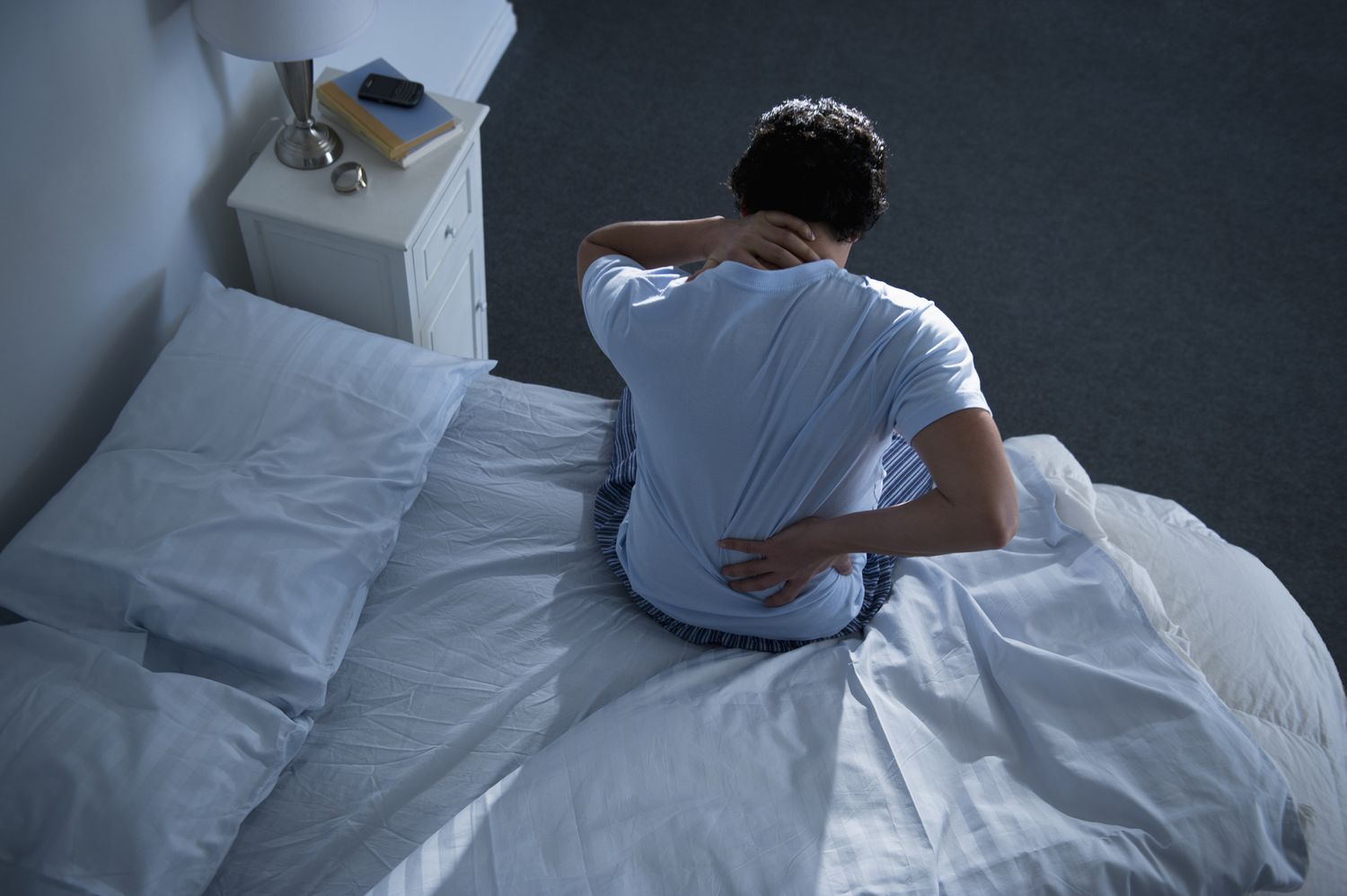

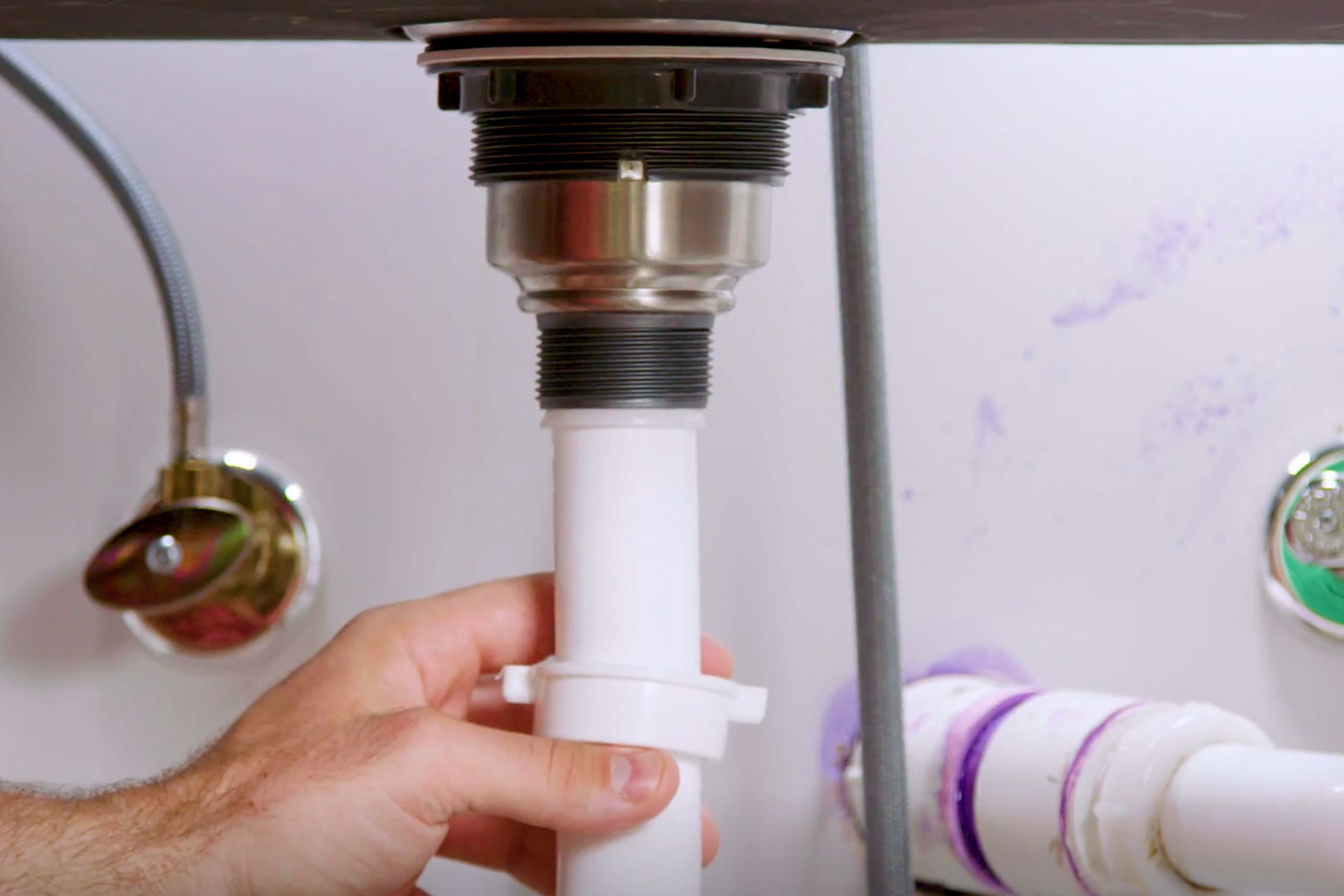
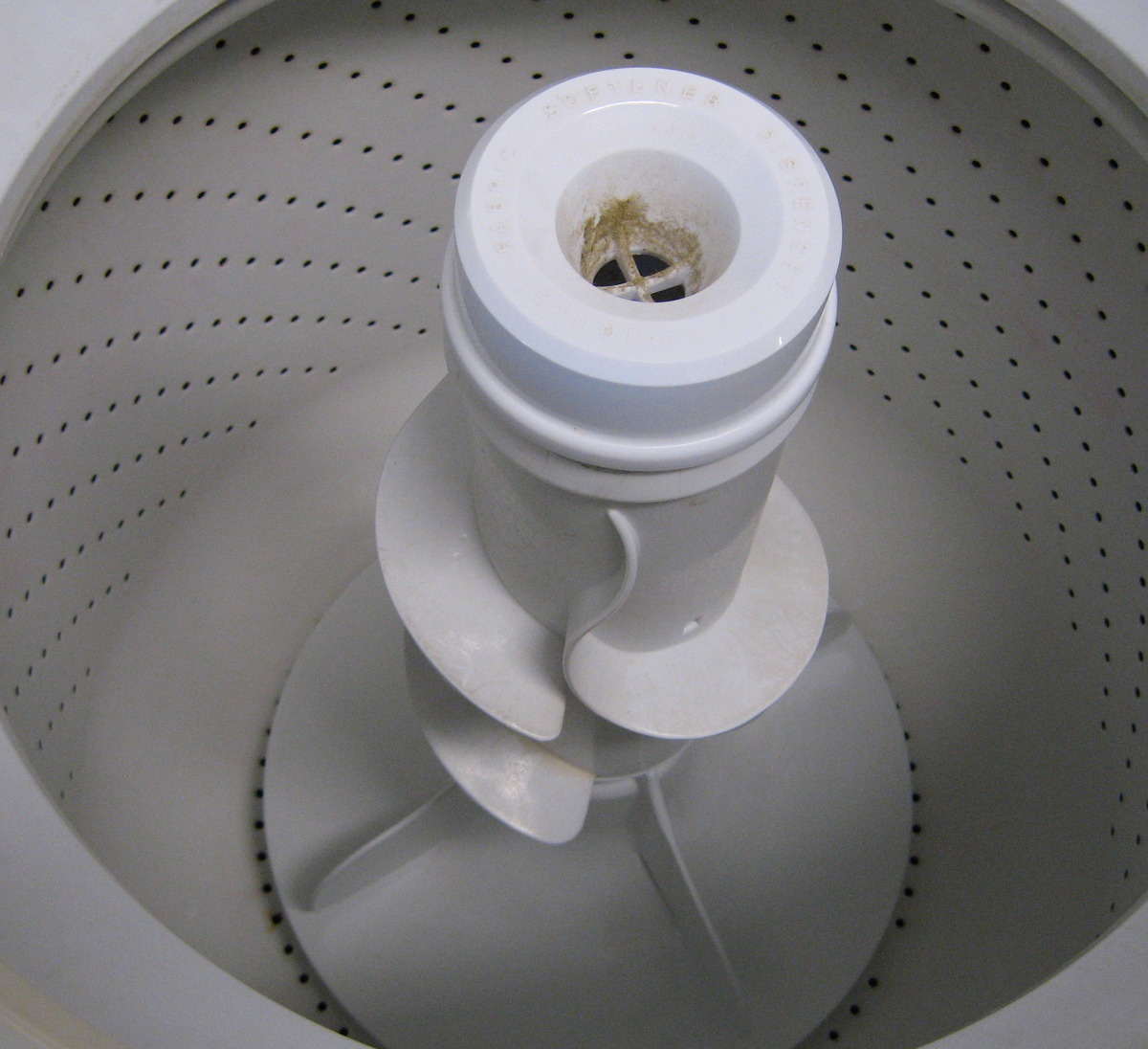
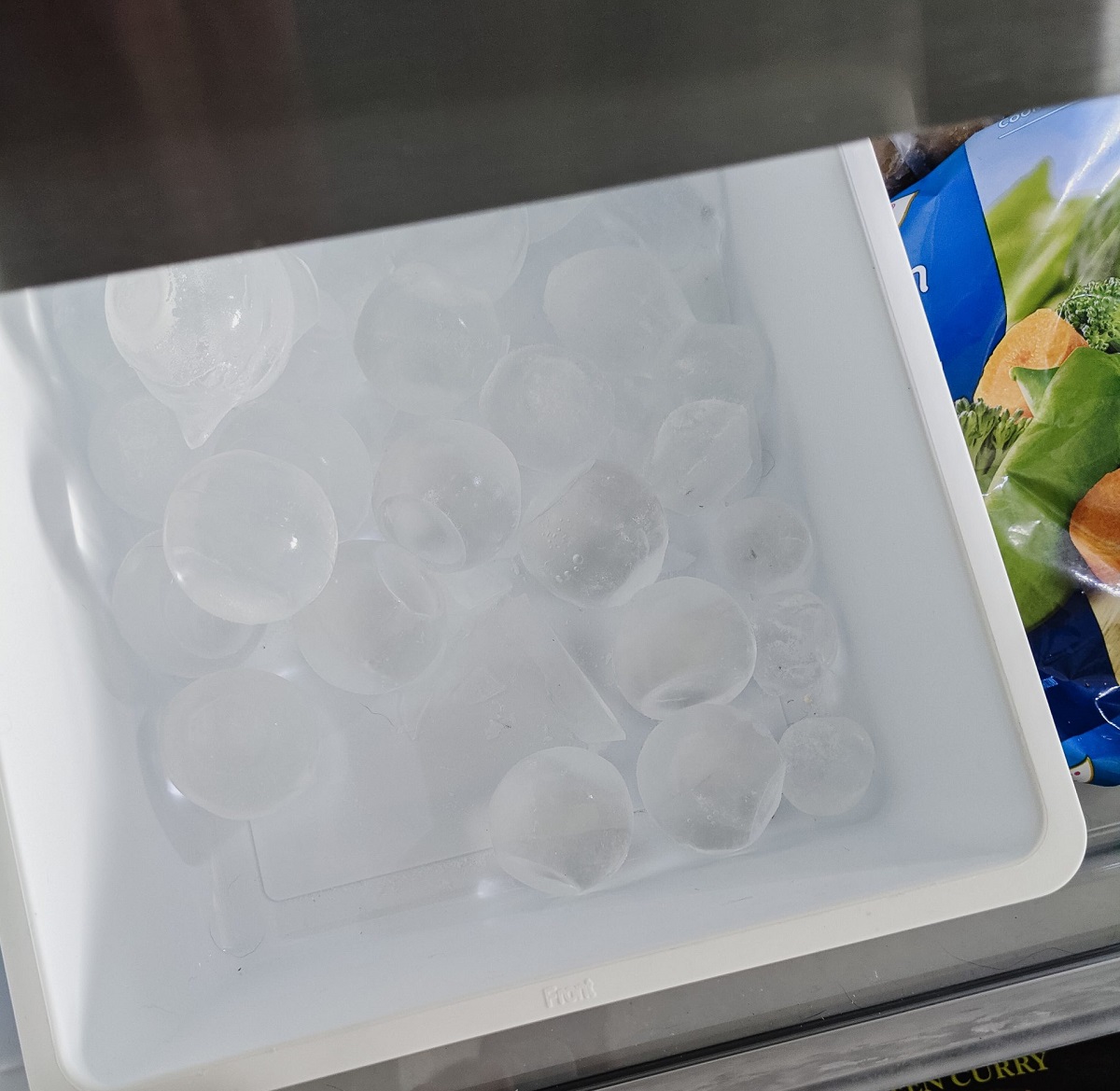

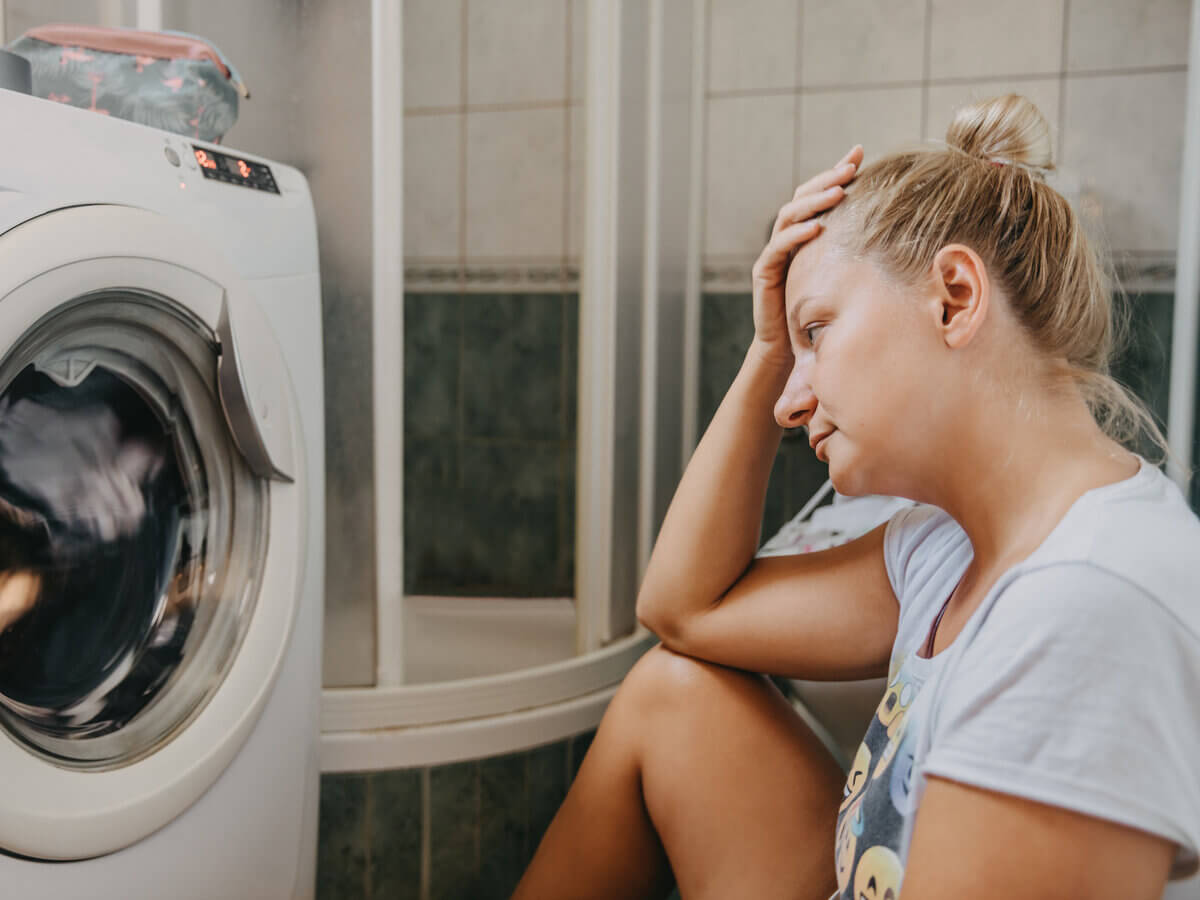

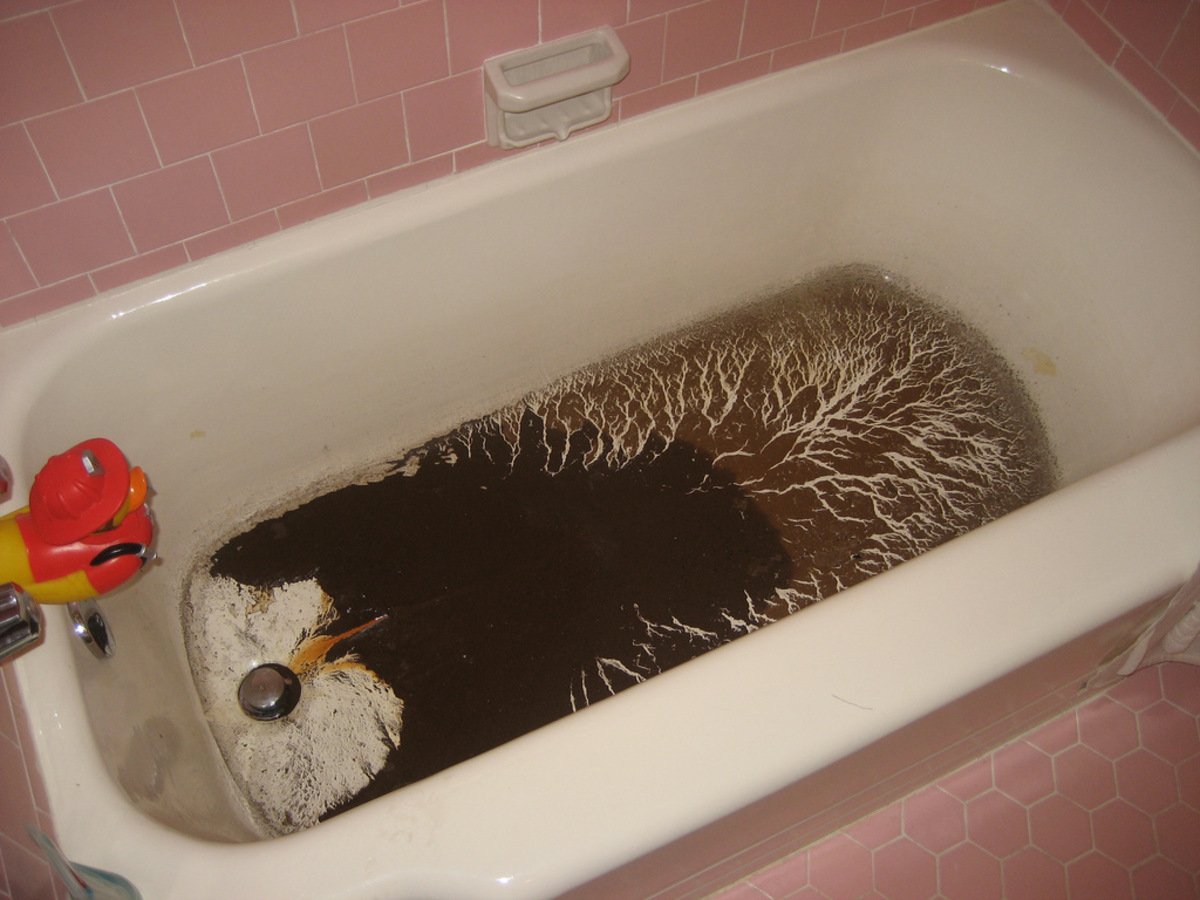

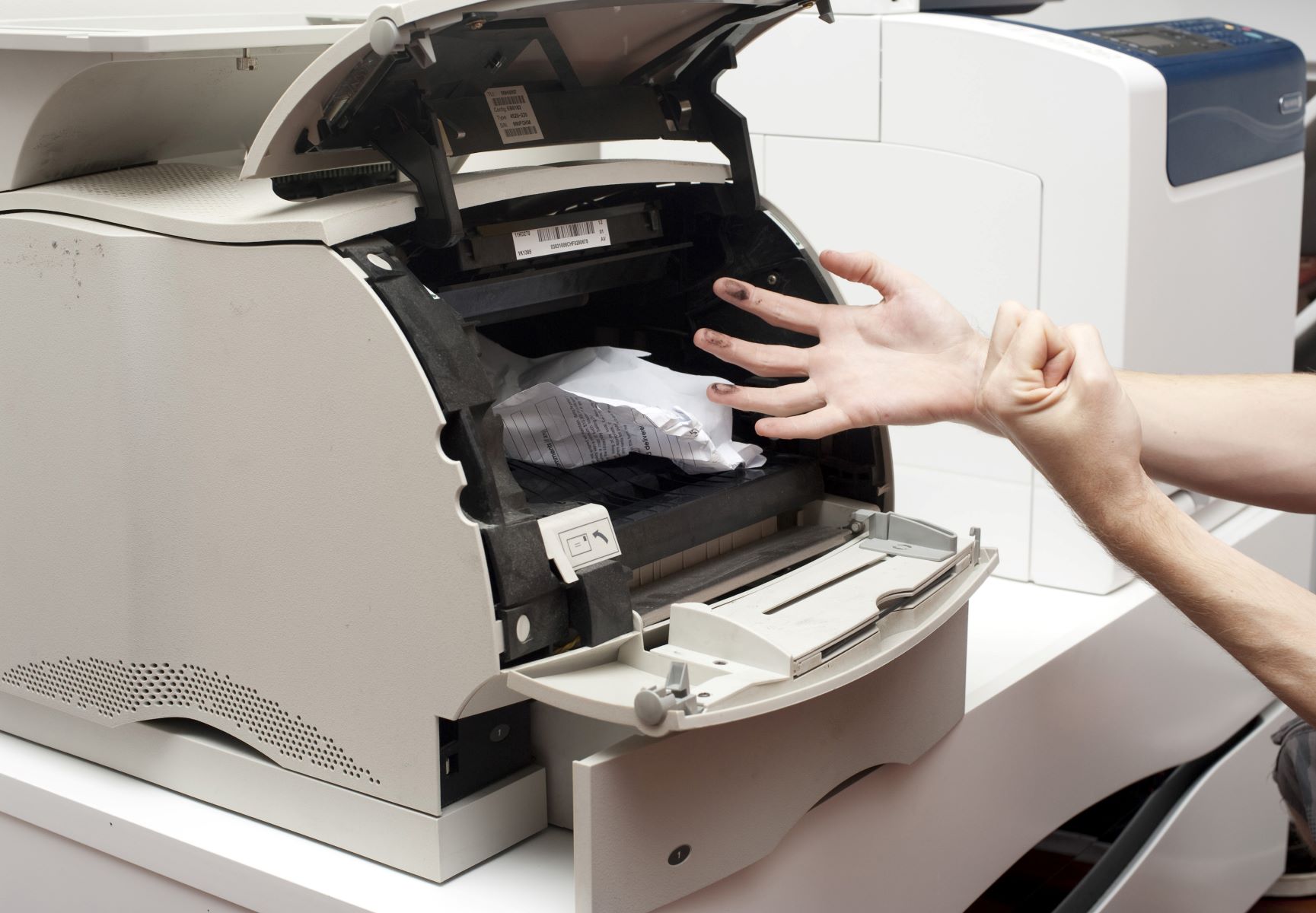
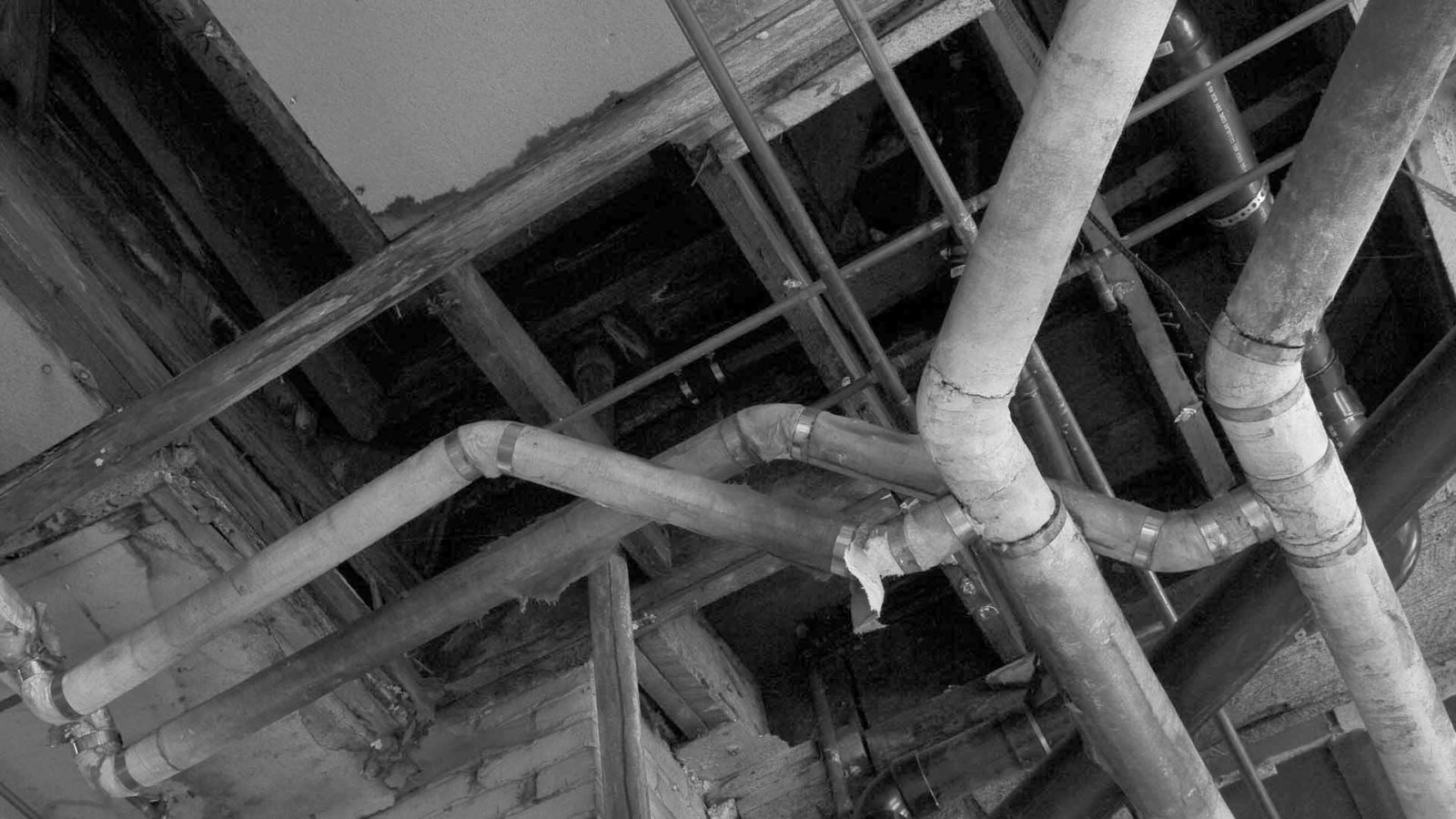
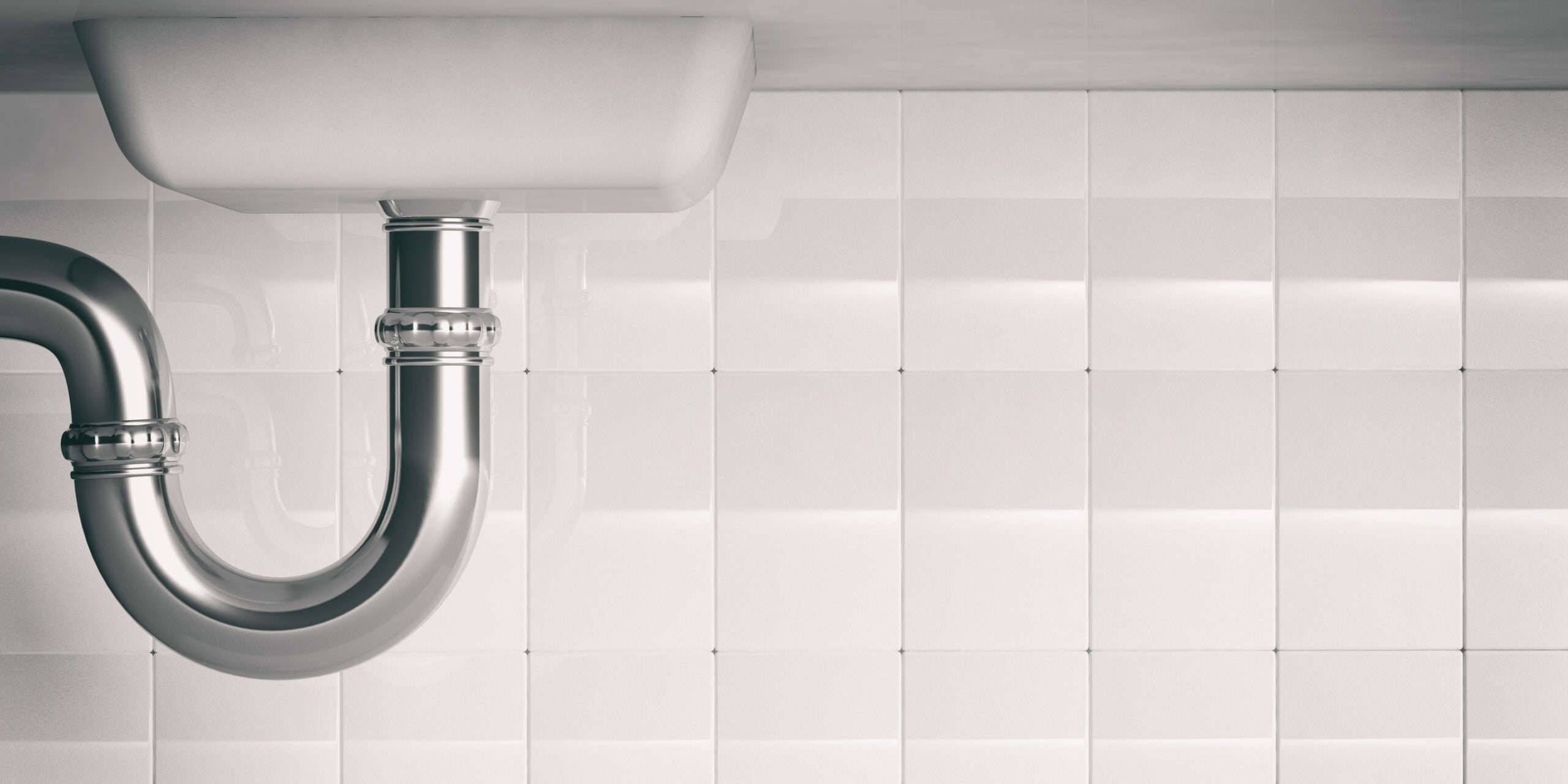

0 thoughts on “Why Does My Plumbing Keep Backing Up”